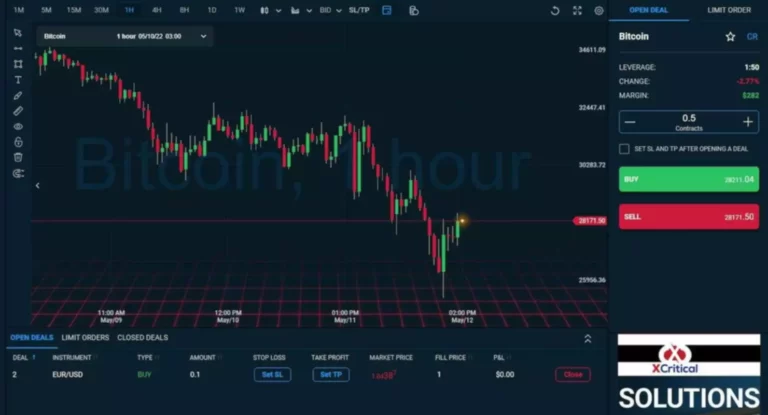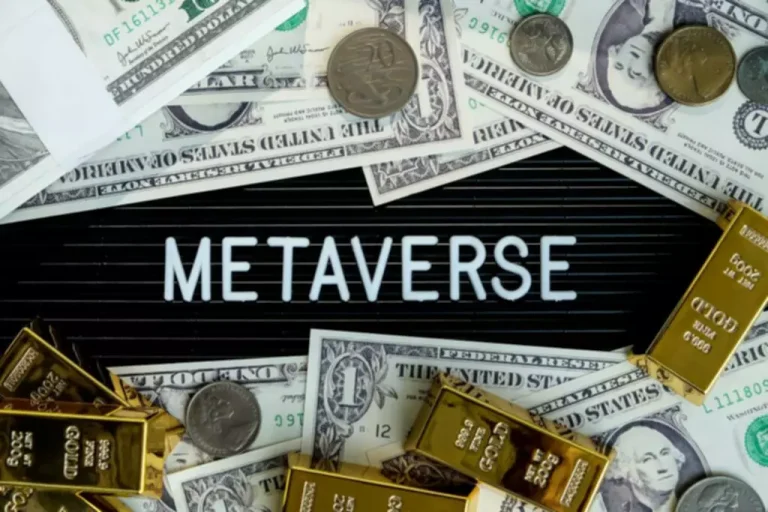This process is called creation and increases the number of ETF shares on the market. If everything else remains the same, then increasing the number of shares available on the market will reduce the price of the ETF and bring shares in line with the NAV of the fund. For example, smartphone investing apps enable ETF share purchasing at the tap of a button.
That’s put the TLT ETF and other ETFs that hold U.S Treasuries on track for a third straight annual loss, Morningstar data shows. Log out of your current logged-in account and log in again using your ET Prime credentials to enjoy all member benefits. Frequent trading of ETFs could significantly increase commissions and other costs such that they may offset any savings https://www.xcritical.in/ from low fees or costs. From Sectors and Smart Beta to Fixed Income, SPDR Exchange Traded Funds (ETFs) give you wide access to diverse investment opportunities. Her 15-year business and finance journalism stint has led her to report, write, edit and lead teams covering public investing, private investing and personal investing both in India and overseas.
On the other hand, ICICI Prudential Liquid ETF credits the investor’s bank account every month with the dividend accrued. Anything that earns you income is taxed, which means that you cannot shirk away from the liability of paying your taxes on the earnings made from the sale of your ETF units. The taxation of equities ETFs is the same as that of equity shares and equity-oriented mutual funds. It must be held for 12 months in order to be classified as a long-term capital asset, else the same would qualify as a short-term investment.

Given the nature of the product, liquid ETF have lower expense ratios and are relatively cheaper. Also, they carry no securities transaction tax (STT) or custodian charges. ICICI Prudential Liquid ETF scores higher in this context as it has an expense ratio of 0.25%, which is the lowest in the liquid ETF universe. To conclude, traders can consider liquid ETF to enhance their overall returns without compromising on their trading requirements.
- The higher the liquidity of the underlying asset that comprises an ETF, the easier it is to redeem the ETF itself.
- Their income distribution depends on the performance of underlying bonds.
- Investors and traders in any security benefit from greater liquidity—that is, the ability to quickly and efficiently sell an asset for cash.
- Unlike their underlying instruments, bond ETFs do not have a maturity date.
- The lower the spread, the more liquid your ETFs will be, whereas the higher the spread, the lesser liquid your ETFs will be.
Investors could not only gain the same broad diversification that they could with indexed mutual funds but also have the freedom to trade them during market hours. Inflows into taxable bond ETFs totaled $8 billion in September, while investors pulled the same amount from taxable bond mutual funds, according to Morningstar Direct data. The scheme seeks to generate reasonable returns with investments in government securities, securities guaranteed by the call money markets. The scheme seeks to generate returns that correspond to the returns provided by the price of gold through investment in physical Gold. This explains why international ETF holders do not gain indexation benefits. Capital gains are considered short-term capital gains if the income arises from the sale of stocks that were on hold for less than 3 years.
Likewise, capital gains are considered long-term capital gains when the holding period is greater than 3 years. Capital gains are considered short-term capital gains if the income arises from the sale of stocks that were on hold for less than a year. Likewise, capital gains are considered long-term capital gains when the holding period is greater than 1 year. ETFs are a basket or a portfolio of diversified securities that can be traded on the stock exchange. The majority of ETFs track an underlying index and can be divided into three categories – equity, gold, and others. But to summarize – if you are an active stock investor or a trader then you can explore liquid ETFs.
Passively managed funds invest by sampling the index, holding a range of securities that, in the aggregate, approximates the full Index in terms of key risk factors and other characteristics. This may cause the fund to experience tracking errors relative to performance of the index. Secondary Market
The market in which ETF shares or common shares of public companies that currently exist are traded on exchanges between investors. Gold ETFs provide investors with the opportunity to invest in precious metals in the digital format instead of investing in physical gold. Nearly all ETFs provide diversification benefits relative to an individual stock purchase.
ETFs trade like stocks, are subject to investment risk, fluctuate in market value and may trade at prices above or below the ETFs net asset value. However, if you don’t have a Demat account or don’t do trading then liquid funds are a better option for you. They have lower transaction costs, offer comparatively higher returns, and even ETF Liquidity Provider have convenience to sell fractional units. So, even though liquid ETFs offer less returns, active stock investors and traders can use this to get some returns than no returns on the amount in their trading account.. Another benefit is that ETFs attract no stamp duty, which is a tax levied on ordinary share transactions in the UK.

This means the fund is fully regulated in the UK and allowed to track U.S. investments. Oct 17 (Reuters) – Investors have poured money into exchange traded funds (ETFs) focused on the US bond market this year, despite a historic sell-off in global bonds and uncertainty over when prices will rebound. The scheme seeks to provide returns before expenses that closely correspond to the total returns of stocks as represented by the NV 20 Index, subject to tracking errors. An ETF, or Exchange-Traded Fund, is a collection of securities that trade on the stock market and is similar to a stock. Exchange-Traded Funds pool the money of many investors and use it to buy a variety of tradable financial assets, including derivatives, debt securities like bonds, and shares.
ETFs that invest in less liquid securities, such as real estate, are less liquid than those that invest in more liquid assets, like equities or fixed income. Lower levels of liquidity lead to greater bid-ask spreads, larger discrepancies between net asset value (NAV) and the value of the underlying securities, and a decreased ability to trade profitably. Let’s look at which ETFs give you the most liquidity and, therefore, the most opportunity for profit. The sell-off has attracted some investors looking to buy on the cheap, while others have sought to capture the higher distributions by bond ETFs as yields have risen. While some investors may be hunting for bargains, analysts and market participants say the move is mostly driven by investors looking for a low-cost way to gain exposure to bonds. Investors can look at these funds to enhance their overall returns without compromising on their trading requirements.
The ETF has an ongoing charge of 0.07% and a dividend yield of 3.58% as of 2023. The expense ratio of an ETF reflects how much you will pay toward the fund’s operation and management. Although passive funds tend to have lower expense ratios than actively managed ETFs, there is still a wide range of expense ratios even within these categories. Comparing expense ratios is a key consideration in the overall investment potential of an ETF. ETFs trade through both online brokers and traditional broker-dealers. You can view some of the top brokers in the industry for ETFs with Investopedia’s list of the best brokers for ETFs.
The first ETF was the SPDR S&P 500 ETF (SPY), which tracks the S&P 500 Index, and which remains an actively traded ETF today. Liquidity is crucial since it refers to the capacity to sell an asset for cash quickly and efficiently. Investors who own non-liquid ETFs may have difficulty selling them at the price they want. Given the benefits of ETFs (low cost, transparency, and liquidity), there is significant room for market expansion, increased awareness, and improved allocations in retail portfolios.
One of the factors contributing to lower returns for ETFs could be their high expense ratio. Typically ETFs have a lower expense ratio, however here it’s the other way around. The table below shows that ETFs have a higher expense ratio than liquid funds. For example if you have placed an order to buy 10 units of an equity ETF for INR 5,000, the price will fluctuate the entire day depending on the price variation of stocks held in the equity ETF. The first exchange-traded fund (ETF) is often credited to the SPDR S&P 500 ETF (SPY) launched by State Street Global Advisors on Jan. 22, 1993.


 টাইম নিউজ বিডি ডেস্ক :
টাইম নিউজ বিডি ডেস্ক : 







